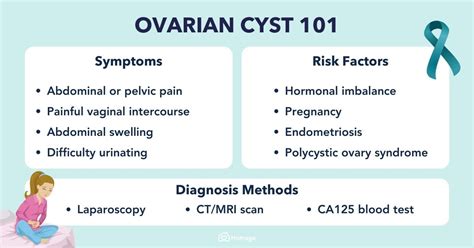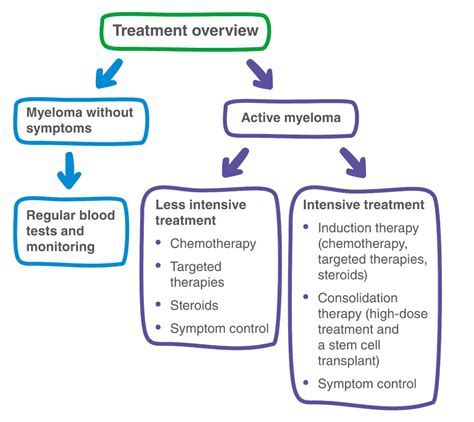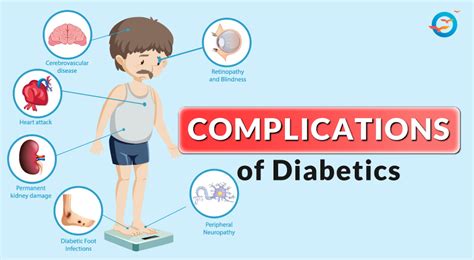Intro
Discover Hemorrhagic Ovarian Cyst Symptoms, including severe pelvic pain, heavy bleeding, and ovarian torsion, to identify signs of ruptured cysts and seek medical help for effective treatment and management of this gynecological condition.
Ovarian cysts are a common condition that affects many women, and while most are harmless, some can cause significant discomfort and health issues. Hemorrhagic ovarian cysts, in particular, can be a cause for concern due to their potential to rupture and lead to severe symptoms. Understanding the signs and symptoms of hemorrhagic ovarian cysts is essential for early detection and treatment.
Hemorrhagic ovarian cysts occur when a blood vessel within the cyst ruptures, causing bleeding into the cyst. This can lead to a range of symptoms, from mild to severe, and can be a medical emergency if left untreated. Women of all ages can be affected, but those who are of childbearing age are more likely to experience hemorrhagic ovarian cysts. The symptoms of hemorrhagic ovarian cysts can be similar to those of other conditions, making it essential to seek medical attention if any unusual symptoms are experienced.
The importance of recognizing the symptoms of hemorrhagic ovarian cysts cannot be overstated. Early detection and treatment can help prevent complications, such as infertility, chronic pain, and even ovarian cancer. Moreover, understanding the symptoms can help women take proactive steps to manage their condition and reduce the risk of rupture. With the right information and medical care, women can effectively manage their symptoms and prevent long-term damage to their reproductive health.
Hemorrhagic Ovarian Cyst Symptoms

Types of Hemorrhagic Ovarian Cysts
There are several types of hemorrhagic ovarian cysts, each with its own set of symptoms and characteristics. Understanding the different types can help women better manage their condition and reduce the risk of complications. Some common types of hemorrhagic ovarian cysts include: * Corpus luteum cysts: These cysts occur when a blood vessel within the corpus luteum ruptures, causing bleeding into the cyst. * Follicular cysts: These cysts occur when a follicle in the ovary does not release an egg, causing the follicle to fill with fluid and potentially rupture. * Dermoid cysts: These cysts occur when a tooth, hair, or other tissue grows within the cyst, potentially causing bleeding and other symptoms.Causes of Hemorrhagic Ovarian Cysts

Risk Factors
Several risk factors can increase the likelihood of developing hemorrhagic ovarian cysts. These include: * Previous ovarian cysts or other reproductive health issues * Family history of ovarian cysts or other reproductive health issues * Hormonal imbalances or changes * Obesity or being overweight * Smoking or other lifestyle factorsDiagnosis and Treatment

Prevention and Management
While it is not possible to completely prevent hemorrhagic ovarian cysts, there are several steps women can take to reduce their risk and manage their symptoms. These include: * Practicing good reproductive health: Regular check-ups with a healthcare provider, practicing safe sex, and maintaining a healthy weight can help reduce the risk of hemorrhagic ovarian cysts. * Managing stress: Stress can exacerbate symptoms of hemorrhagic ovarian cysts, and practicing stress-reducing techniques such as meditation or yoga can help manage symptoms. * Maintaining a healthy diet: Eating a balanced diet rich in fruits, vegetables, and whole grains can help support reproductive health and reduce the risk of complications.Complications and Long-Term Effects

Emotional and Psychological Impact
Hemorrhagic ovarian cysts can also have a significant emotional and psychological impact on women, particularly if left untreated or poorly managed. Some common emotional and psychological effects include: * Anxiety and stress: The uncertainty and discomfort associated with hemorrhagic ovarian cysts can cause significant anxiety and stress. * Depression: Chronic pain and discomfort can contribute to feelings of depression and low self-esteem. * Relationship issues: Hemorrhagic ovarian cysts can affect relationships with partners, family, and friends, particularly if left untreated or poorly managed.Conclusion and Next Steps

We invite you to share your thoughts and experiences with hemorrhagic ovarian cysts in the comments below. Have you or someone you know been affected by this condition? What steps have you taken to manage your symptoms and reduce your risk? Share your story and help raise awareness about this important women's health issue.
What are the symptoms of hemorrhagic ovarian cysts?
+The symptoms of hemorrhagic ovarian cysts can include pelvic pain, abdominal tenderness, heavy bleeding, nausea and vomiting, fever or chills, bloating or gas, and changes in bowel or urinary habits.
How are hemorrhagic ovarian cysts diagnosed?
+Hemorrhagic ovarian cysts are typically diagnosed through a combination of physical examination, medical history, and imaging tests such as ultrasound or MRI.
What are the treatment options for hemorrhagic ovarian cysts?
+Treatment options for hemorrhagic ovarian cysts vary depending on the severity of the condition and may include watchful waiting, medication, or surgery.
Can hemorrhagic ovarian cysts be prevented?
+While it is not possible to completely prevent hemorrhagic ovarian cysts, practicing good reproductive health, managing stress, and maintaining a healthy diet can help reduce the risk of developing the condition.
What are the potential complications of hemorrhagic ovarian cysts?
+Potential complications of hemorrhagic ovarian cysts include infertility, chronic pain, and ovarian cancer.
